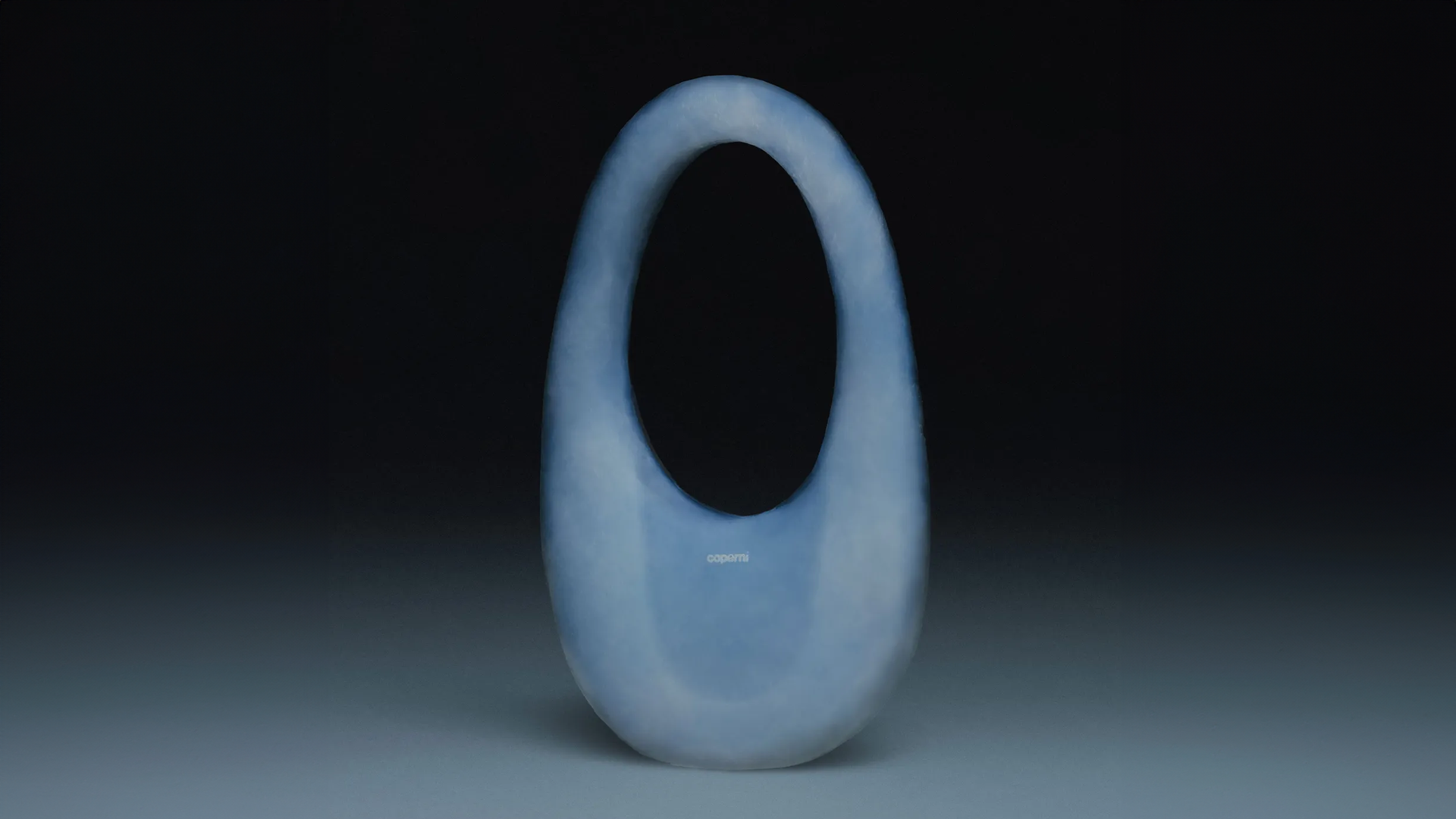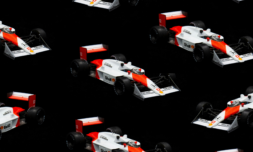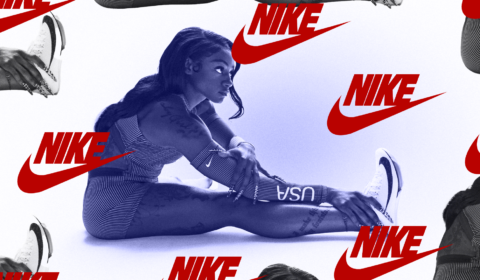Novelty and gimmick fashion is taking the internet by storm. But are these hyped products any good for the planet?
Coperni may be a popular clothing brand, but the Parisian company tends to make headlines for its marketing gimmicks and technological innovations more than its clothes.
I’m sure you’ve all seen that video of Bella Hadid’s spray painted dress. Well, that was the brainchild of Coperni’s design duo Arnauld Vaillant and Sébastien Meye. And this week they’ve one-upped themselves with a new viral handbag made from… air.
The brand’s trademark Air Swipe bag has been recreated in a range of different materials, including glass. But their latest iteration is out-of-this-world, literally.
Vaillant and Meye worked with a NASA-approved material known as Aerogel to create the lightest Air Swipe bag yet – and the lightest bag period, for that matter.
View this post on Instagram
Aerogel is made from 99% air 1% glass, and is the lightest known solid on earth. In the past, NASA has used the material to capture stardust.
Like many novelty fashion moments, the new bag has drawn a mixed response online – the most obvious question being, can you actually use it? But fans of Coperni have argued this is besides the point.
‘[Coperni] consistently demonstrates its commitment to innovation and novelty. Leveraging the success of a marketable signature bag shape as a foundation, the label is pushing the boundaries of significant concepts such as the convergence of art and science’ said arts and fashion commentator 1 Granary.
Yet, beneath the viral success lies a deeper question of sustainability – both in terms of environmental impact and genuine creativity.
The fervour surrounding Coperni’s creations, particularly the Aerogel bag, highlights the fashion world’s current fixation on a ‘moment.’ This moment, often a large-scale and big-budget production, aims to captivate audiences and generate buzz, regardless of its ecological consequences.
View this post on Instagram
Charlie Elizabeth Culverhouse has spoken about this concept at length, citing the internet as the birthplace of fashion’s novelty era.
‘We can blame the internet, as we can with so many things, for the reduced attention span of society, the speeding up of the trend cycle, and the desire to be ‘liked’.’ says Culverhouse. ‘These have somewhat justified the use of sensationalism and gimmicks, not just by TikTokers wishing to make a quick buck, but by fashion houses attempting to capitalise on ‘The Moment’.’
These high-octane fashion moments – like Coperni’s spray on dress – are usually expensive, require months of research and development, and the results last moments. The products at the end are often one-of-a-kind, and unavailable to the wider public.
It could be argued that this scarcity leans toward a more sustainable future in fashion, one where we labour over fleeting moments, rather than opting for mass production.
But pouring so many resources into something that is, at the end of the day, mostly unusable, has its downsides.




















